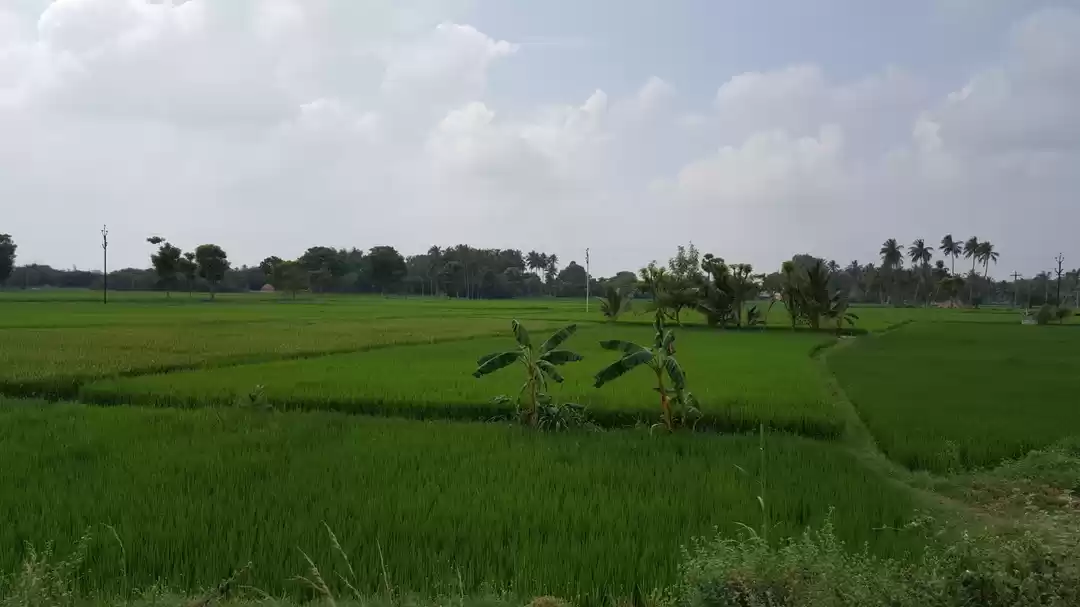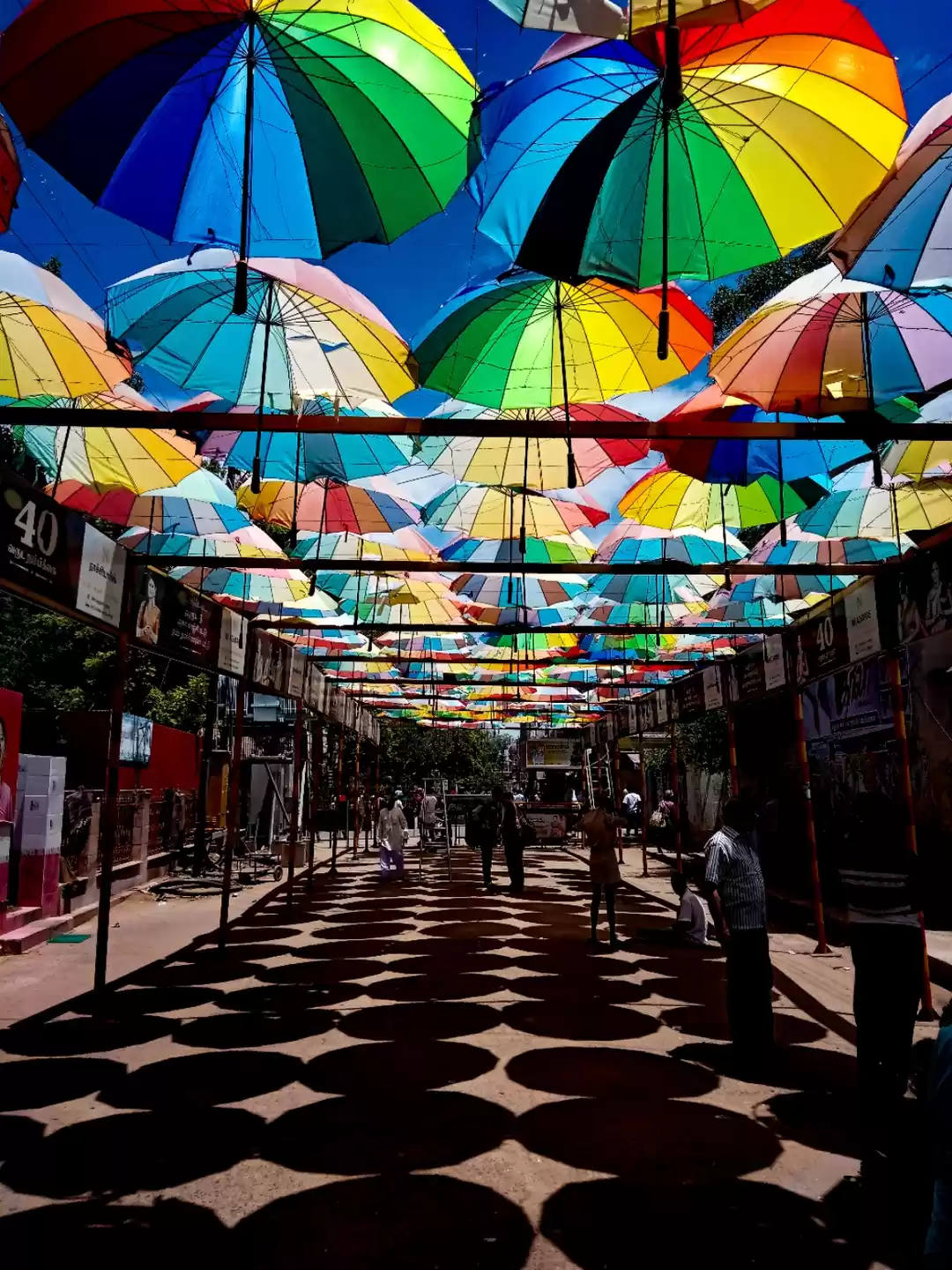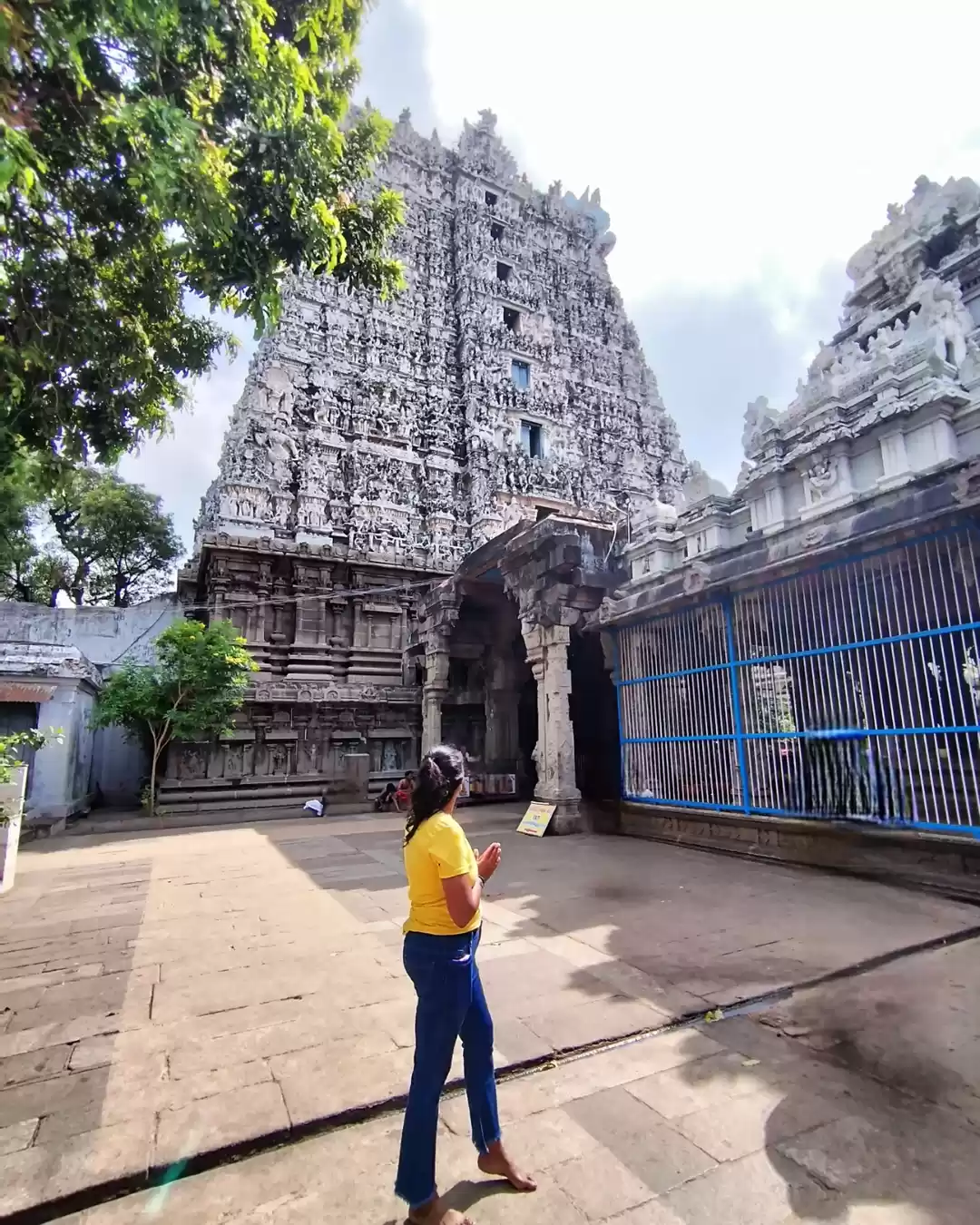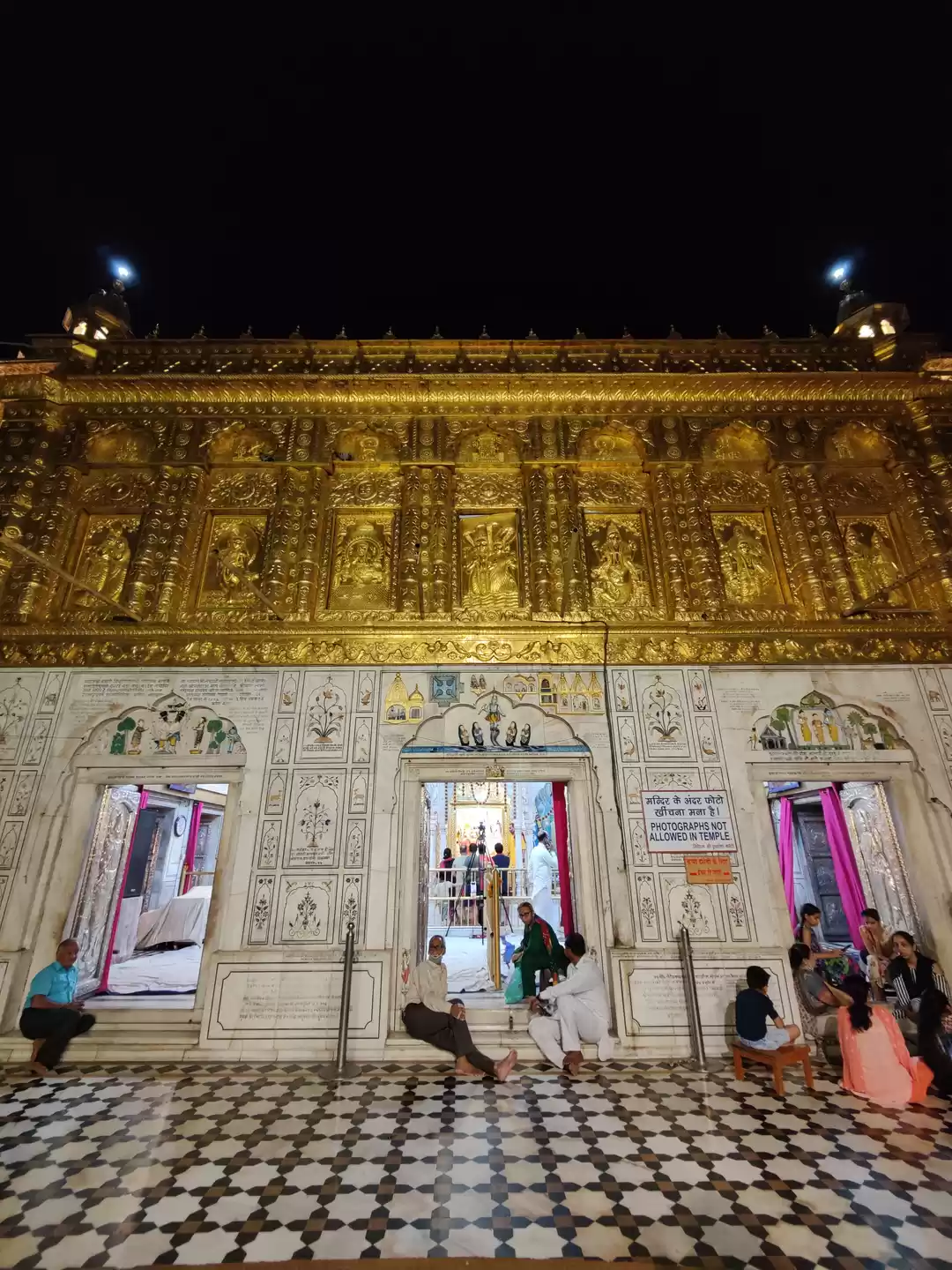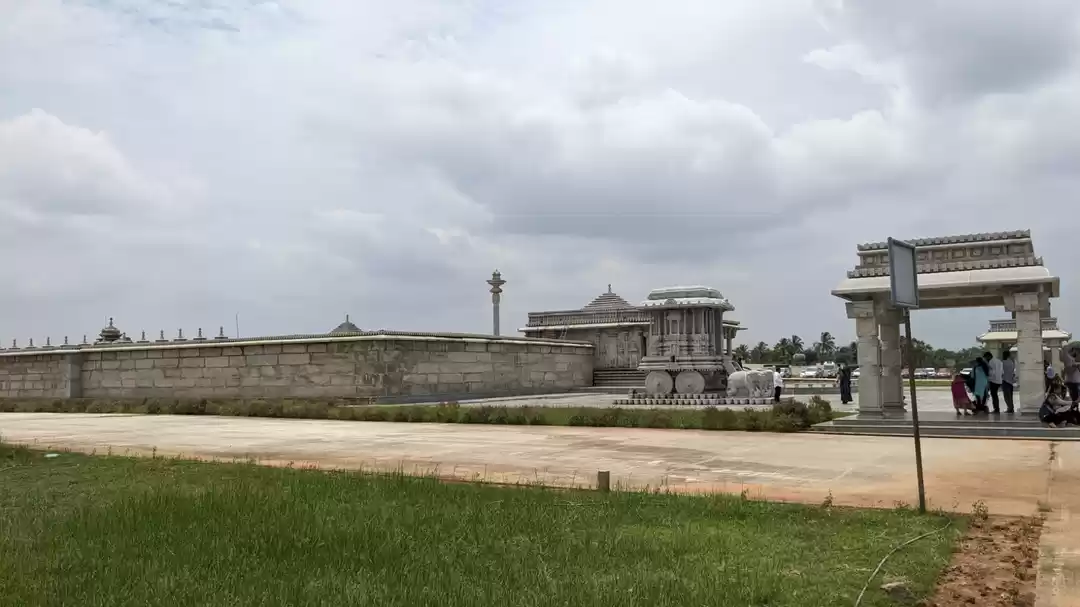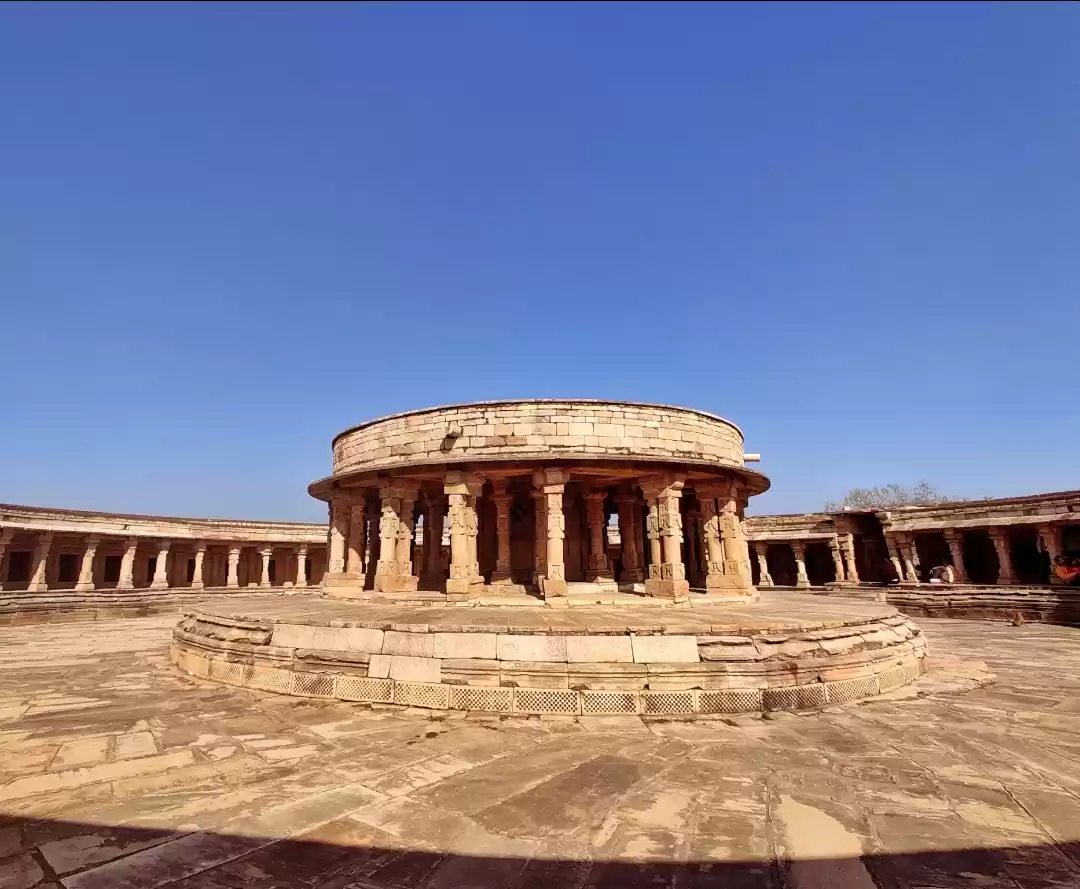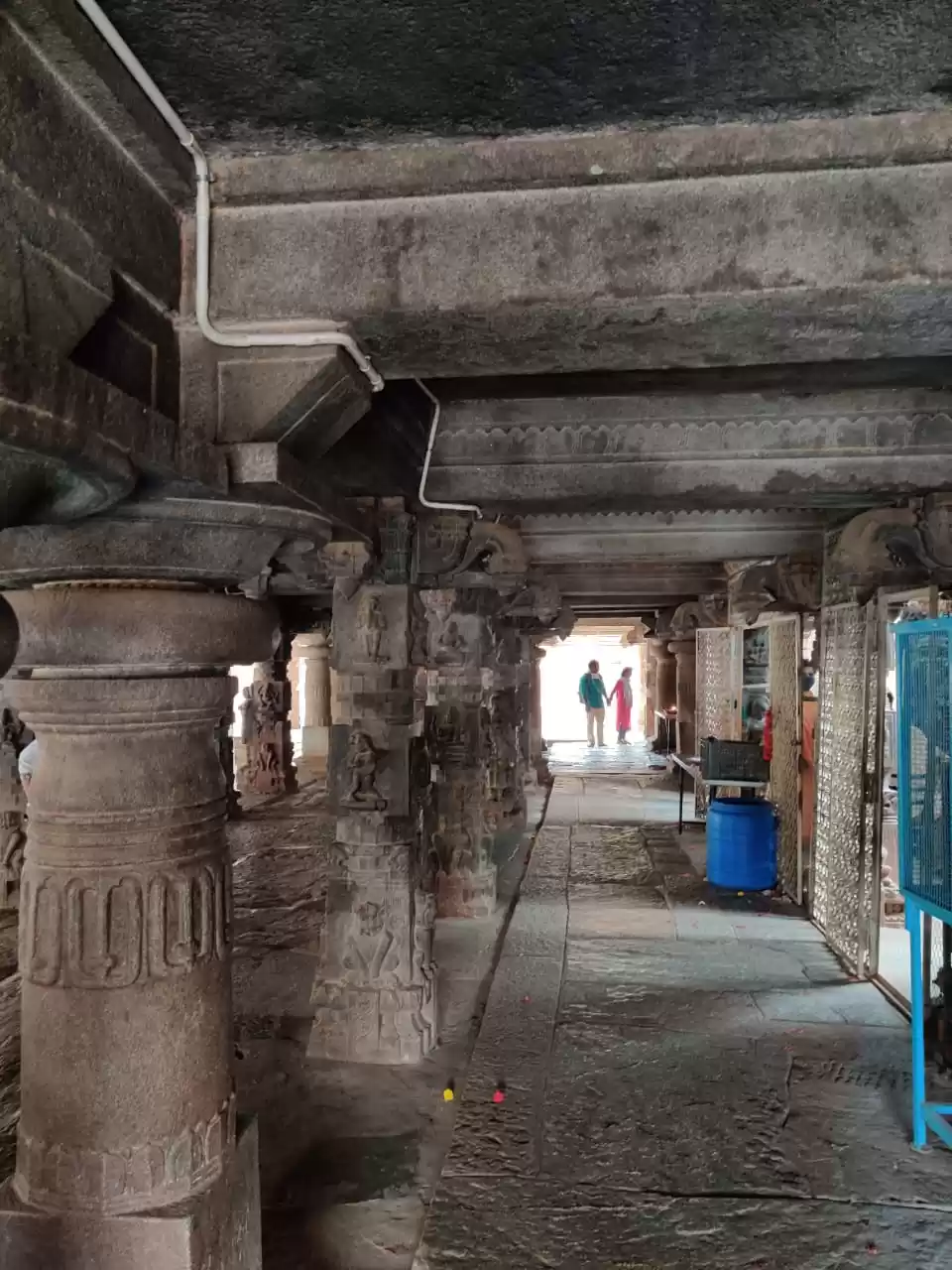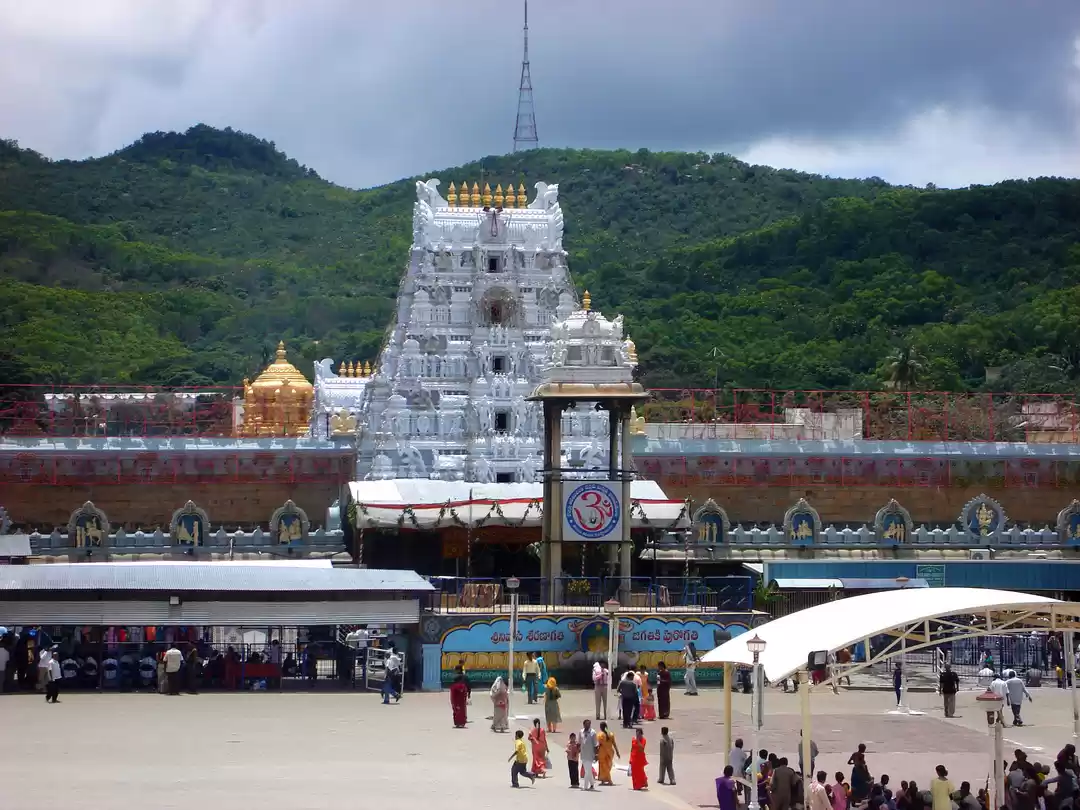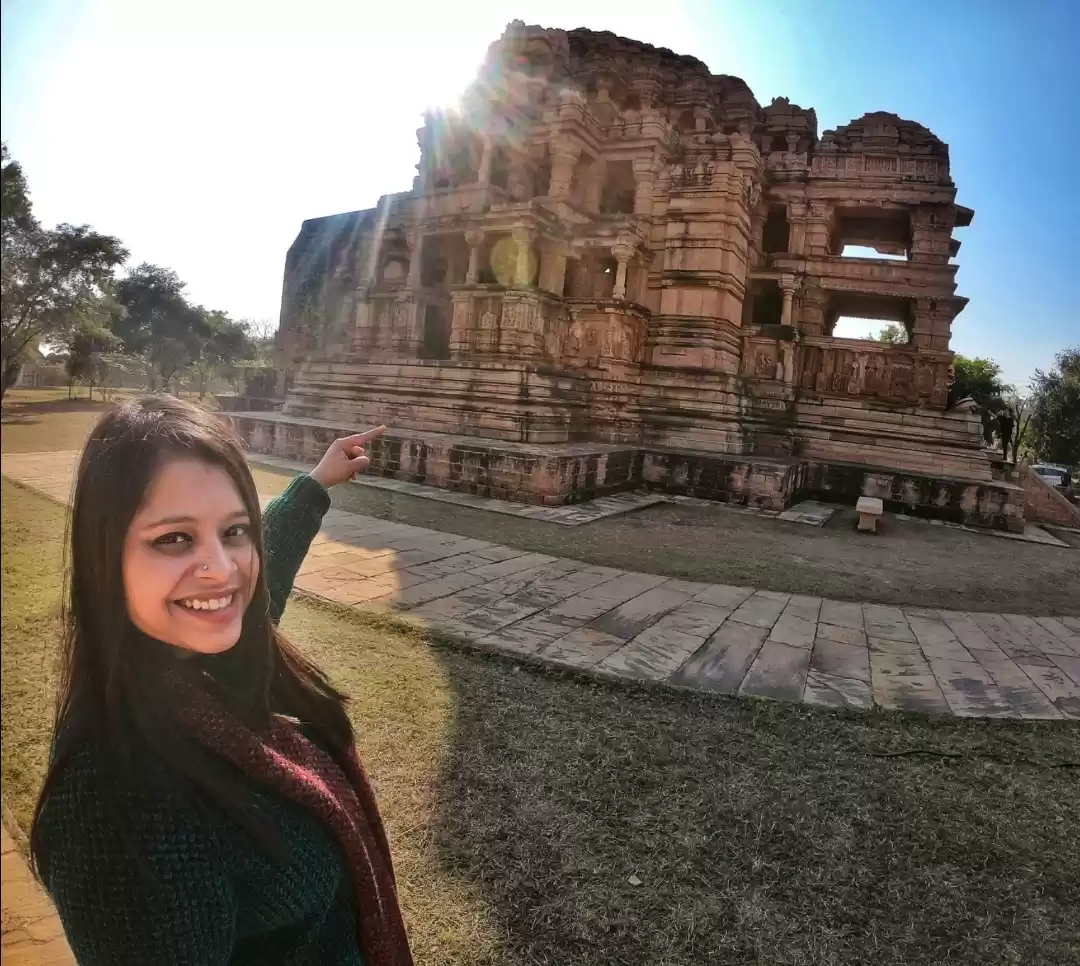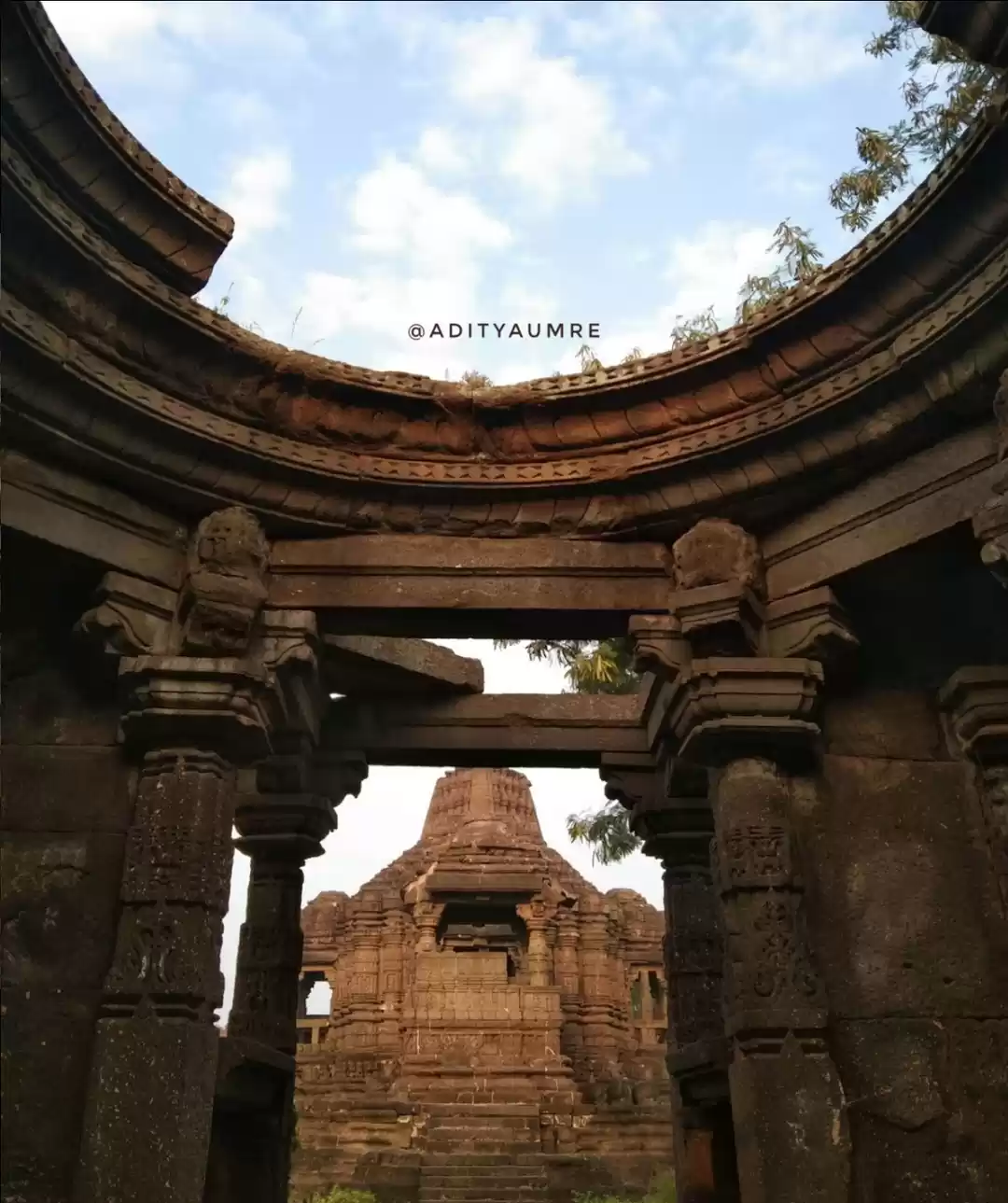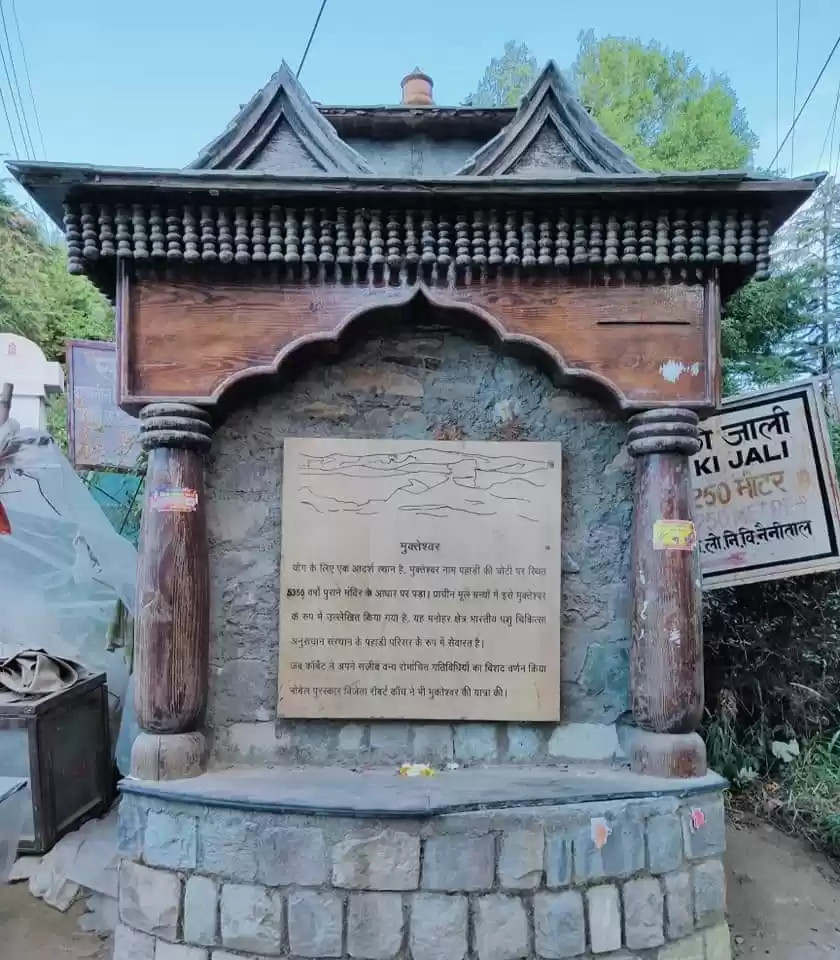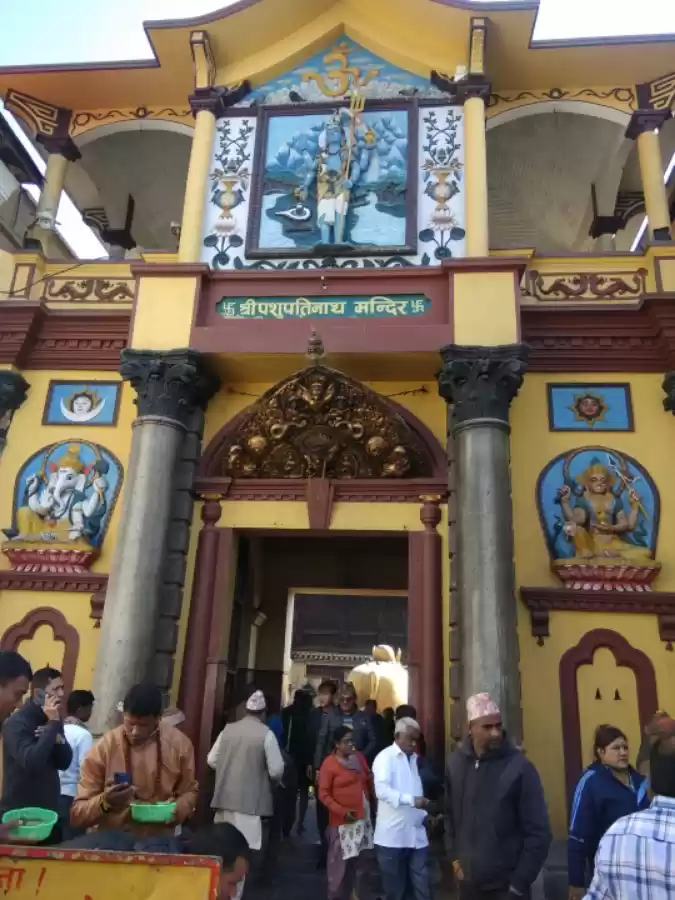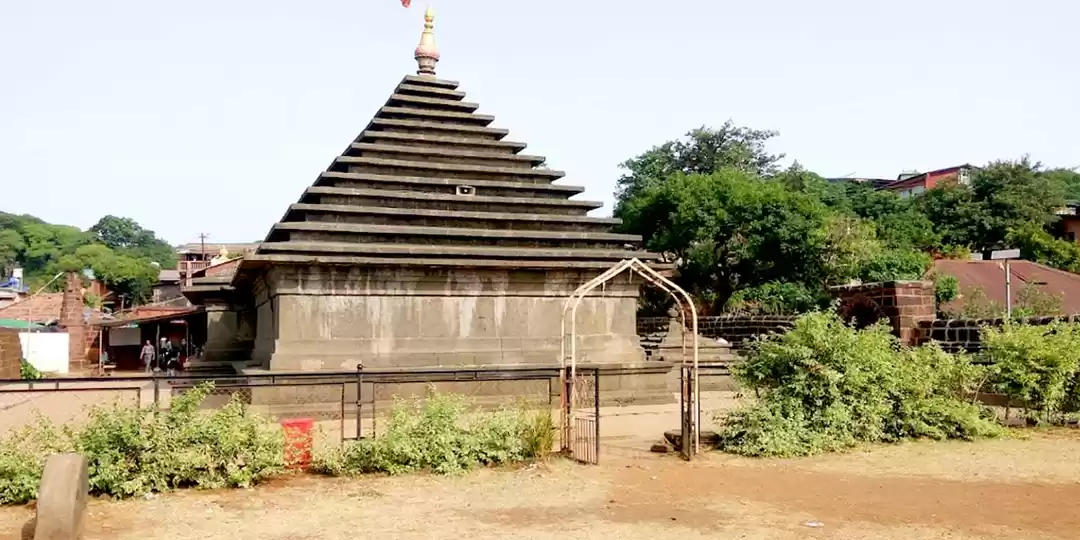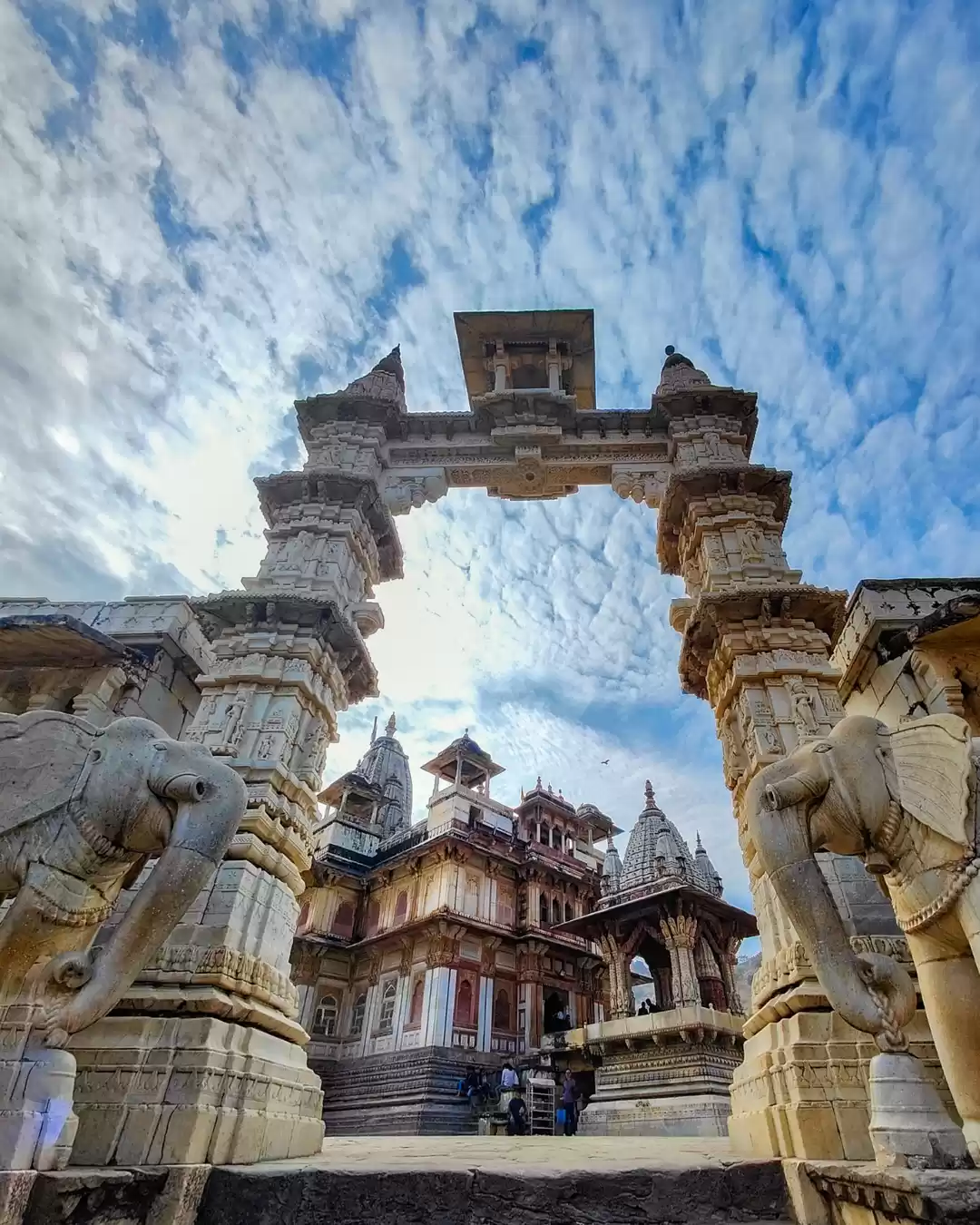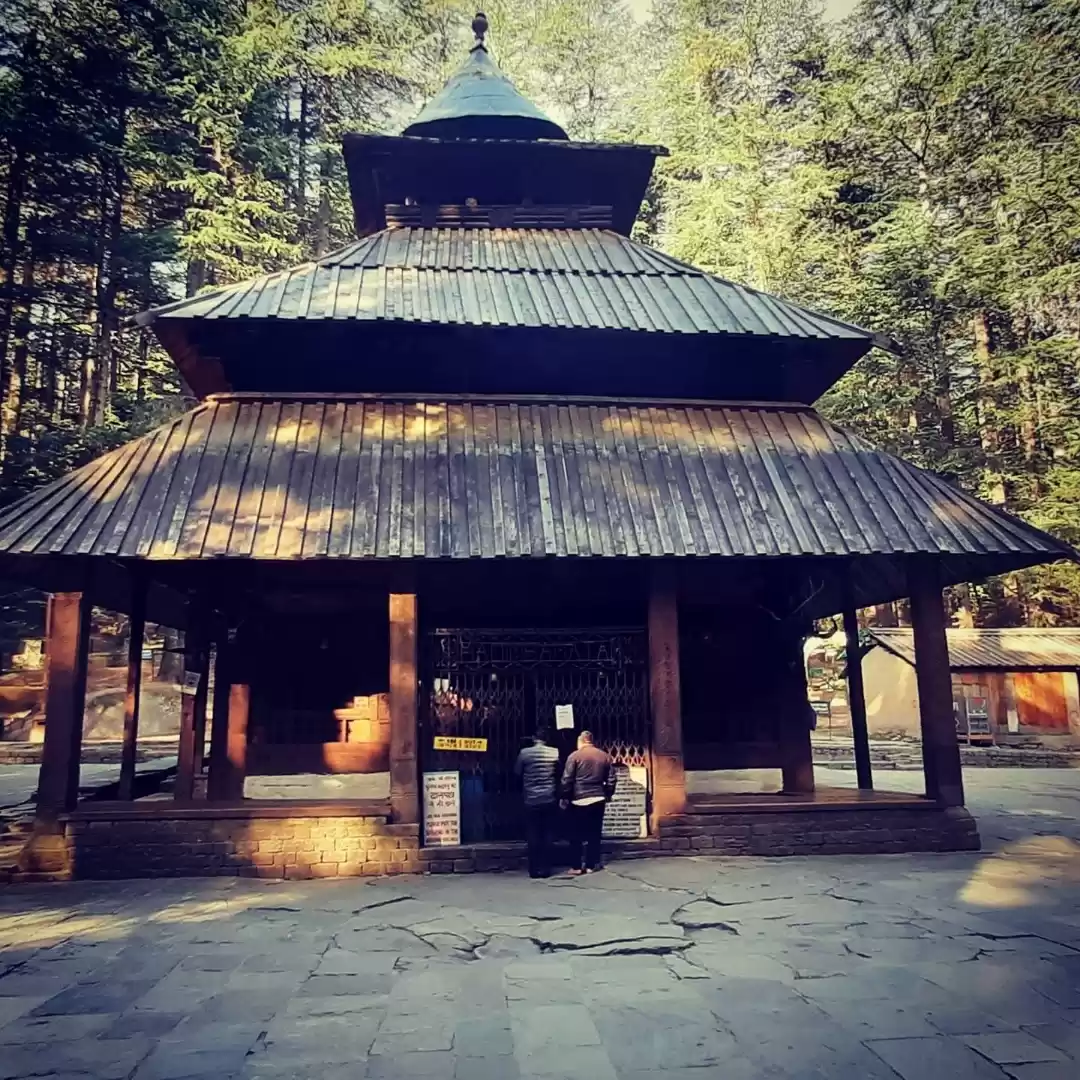Are you looking for a spiritual and cultural destination that will leave you awestruck and inspired? If yes, then you should definitely visit the Athmanathaswamy Temple, also known as the Avudaiyar Koil or the Tiru Perundurai, in the Pudukkottai district of Tamil Nadu. This temple is not only a sacred place of worship, but also a stunning example of Dravidian temple architecture and Shaivaite philosophy. In this article, we will explore the temple’s speciality, architecture, festivals, and rituals, and give you some tips and insights on how to make the most of your visit.

The Temple’s Speciality
The Athmanathaswamy Temple is unlike any other temple you have ever seen. It does not have the usual symbols of Shiva worship, such as the lingam and the Nandi bull. Instead, it has a Avudayar, a pedestal that represents the formless aspect of Shiva, who is worshipped as Athmanathar, the lord of the soul. The Avudayar is placed in the innermost sanctum of the temple, and is covered with a golden cloth. Devotees can only glimpse the Avudayar through a small window, and offer their prayers and offerings through a hole in the wall.
The temple was built by Manikkavasagar, a saint and poet, who received divine inspiration from Shiva. According to legend, Manikkavasagar was sent by the king to buy horses, but he spent all the money on building the temple. When the king found out, he was furious and imprisoned Manikkavasagar. However, Shiva intervened and miraculously brought a herd of horses to the king. The king realized his mistake and released Manikkavasagar, who then completed the temple with Shiva’s blessings.
The temple is also famous for its exquisite and intricate sculptures and paintings that adorn the temple walls, pillars, and ceilings. The sculptures and paintings depict various themes and motifs, such as the cosmic dance of Shiva, the nine planets, the 63 Nayanmars, and the 108 dance poses of Bharatanatyam. The sculptures and paintings are rich in symbolism and meaning, and reflect the artistic and spiritual vision of Manikkavasagar and his followers. Some of the notable sculptures and paintings are the four-faced Brahma, the five-headed Ganesh, and the eight forms of Shakti.
The Temple’s Architecture
The Athmanathaswamy Temple is a masterpiece of Dravidian temple architecture, and belongs to the early Chola period. It reflects the Pallava and Pandya influences, and showcases the skill and craftsmanship of the ancient builders. The temple consists of three concentric enclosures, each with a gopuram (tower) and a mandapam (hall). The enclosures are aligned along the east-west axis, and face the rising sun.
The outermost enclosure is the Rajagopuram, which is the tallest and most ornate tower of the temple. It has nine tiers and is decorated with sculptures of gods, goddesses, and mythical creatures. The Rajagopuram leads to the Rajamandapam, which is a spacious hall with 36 pillars and a raised platform. The Rajamandapam is used for musical and dance performances, and also houses a shrine of Vinayaka, the elephant-headed god.
The middle enclosure is the Tirukkamakkottam, which houses the main shrine of Athmanathar. It has a five-tiered tower and a pillared hall. The tower has a kalasam, a pot-like structure, on top, which is believed to contain the essence of Shiva. The hall has 18 pillars and a stone screen, which separates the sanctum from the rest of the hall. The hall also has a shrine of Sundarar, another saint and poet, who was a contemporary of Manikkavasagar.
The innermost enclosure is the Ponnambalam, which is the sanctum sanctorum of the temple. It has a three-tiered tower and a small hall. The tower has a golden kalasam, which symbolizes the supreme light of Shiva. The hall has four pillars and a window, through which the Avudayar can be seen. The hall also has a shrine of Manikkavasagar, who is revered as the founder and patron of the temple.
The temple also has a temple tank and a temple garden, which add to the beauty and serenity of the temple. The temple tank is called the Shivaganga Theertham, and is located to the north of the temple. It is believed to have been created by Shiva himself, and is considered to be very sacred and auspicious. Bathing in the temple tank is said to cure diseases and sins, and grant boons and blessings. The temple garden is called the Nandavanam, and is located to the south of the temple. It is a lush and green garden, with a variety of flowers and plants. The flowers and plants are used for worship and decoration, and also provide a pleasant and soothing environment for the devotees.
The Temple’s Festivals and Rituals
The Athmanathaswamy Temple is a hub of religious and cultural activities, and celebrates many festivals and rituals throughout the year. The most important and grand festival of the temple is the Thiruvathirai Festival, which is celebrated in the month of Margazhi (December-January). The Thiruvathirai Festival commemorates the birth of Shiva and the visit of Manikkavasagar to the temple. The festival lasts for 10 days, and is marked by various events and activities, such as the procession of the deities, the musical and dance performances, and the distribution of prasadam. The highlight of the festival is the Thiruvathirai Kali, a sweet dish made of rice, jaggery, and ghee, which is offered to Shiva and then shared among the devotees.
The temple also performs daily and monthly rituals, which are based on the Shaiva Agama scriptures. The daily rituals include six poojas, which are the worship services, that are conducted at different times of the day. The poojas are Ushathkalam, Kalasanthi, Uchikalam, Sayarakshai, Irandamkalam, and Ardhajamam. The poojas involve the abhishekam, which is the bathing of the Avudayar with water, milk, honey, and other substances, and the alankaram, which is the dressing and adornment of the Avudayar with clothes, jewels, and flowers. The poojas also involve the offering of fruits, lamps, incense, and music to the Avudayar, and the chanting of mantras and hymns. The devotees who participate in the poojas receive the blessings and grace of Shiva, and experience peace, prosperity, and salvation.
The monthly rituals include the Pradosham, which is celebrated on the 13th day of every lunar fortnight, the Sivarathri, which is celebrated on the 14th day of every lunar month, and the Pournami, which is celebrated on the full moon day of every lunar month. These rituals are considered to be very auspicious and powerful, and attract a large number of devotees. The rituals involve special poojas, abhishekams, and alankarams, and also include the procession of the Avudayar around the temple. The devotees who observe these rituals receive the protection and favor of Shiva, and overcome the obstacles and difficulties in their lives.
If you are planning to visit the Athmanathaswamy Temple, here are some tips and insights that will help you make the most of your visit:
- The best time to visit the temple is during the Thiruvathirai Festival, when you can witness the grandeur and splendor of the temple and its celebrations. However, you can also visit the temple at any time of the year, as it is open throughout the year.
- The temple is located about 45 km from Pudukkottai, and can be reached by bus, taxi, or auto-rickshaw. The nearest railway station is Aranthangi, which is about 12 km from the temple. The nearest airport is Tiruchirappalli, which is about 100 km from the temple.
- The temple is open from 6 am to 12 pm and from 4 pm to 8 pm. The temple is closed from 12 pm to 4 pm for maintenance and rest.
Conclusion
The Athmanathaswamy Temple is a unique and magnificent temple that showcases the architecture and spirituality of the Dravidian and Shaivaite traditions. It is a place where you can witness the glory and grace of Shiva, and also appreciate the art and culture of the ancient times. It is a place where you can experience the bliss and joy of the soul, and also connect with the nature and community of the present times. It is a place where you can find the answers and solutions to your questions and problems, and also discover the purpose and meaning of your life.



